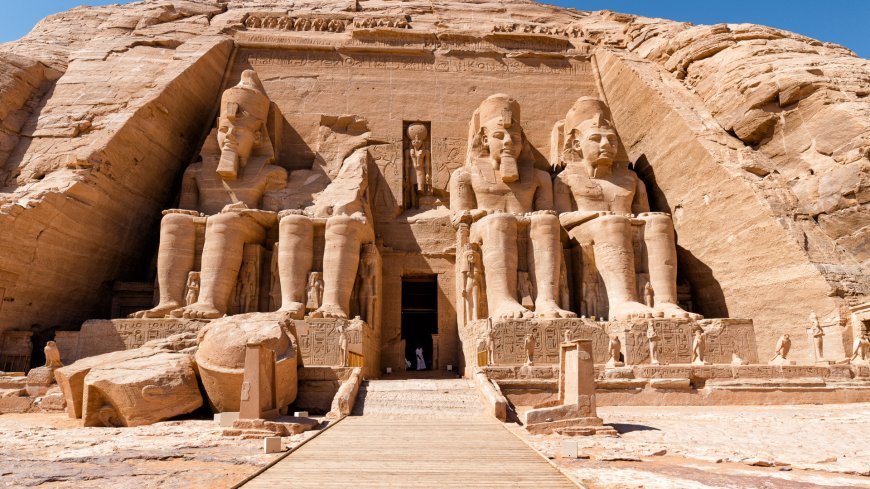Aswan Upper Egypt
Where the history flows on the banks of the Nile
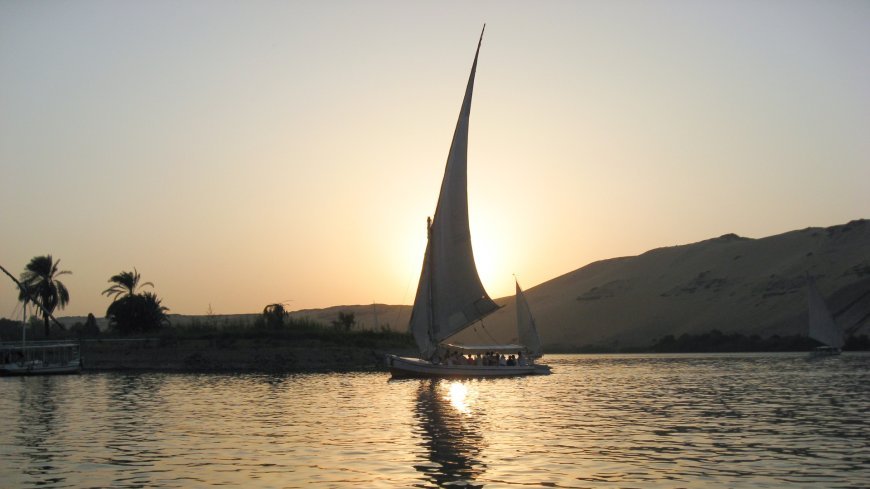
About Aswan. The magical city of Aswan, formerly known as Swenett, is located in the south of Egypt. The word Aswan is derived from the ancient Egyptian word “Soun”, which means souk or market. Aswan earned its name because it was a strategic gateway to the South. In ancient times, it was the main provider of granite used for obelisks and sculptures.
Aswan is known for its beautiful Nile Valley scenery, significant archaeological sites and its peaceful aura. Its weather is warm all year round, which makes it a perfect winter destination.
The city provides splendid views and attractions to sail through the Nile with a felucca (Egyptian sailboat). The river flows gently from Lake Nasser, through various islands, surrounded by black granite and greenery. Sailing to historical sites, such as Philea, the Elephantine Island, Aswan Museum, Agha Khan Mausoleum, the Monastery of St. Simeon, and the Botanical Island, gives you an opportunity to explore Aswan’s rich history and culture. Other spectacular historical destinations include the Temple of Abu Simbel, the Temple of Kom Ombo, the Nubian Museum and the Aswan High Dam.
Apart from Aswan’s historical sites, the city offers a unique cultural experience through the Nubian Village, known as “Gharb Seheyl”. Exploring the colourful village allows you to discover the last vestiges of the Nubian civilization that co-existed with the Ancient Egyptians. Besides the Aswan Souk, Nubia is also a great place to shop for souvenirs, spices and local handmade crafts.
Things to do in Aswan
The Great Temple of Abu Simbel, in Nubia near Egypt’s southern border, is among the most awe-inspiring monuments of Egypt. It was cut into the living rock by King Ramesses II (the Great) of the Nineteenth Dynasty, around 1264 BC. The temple is most well known for the four imposing seated colossal statues that dominate its façade. One of these collapsed because of an ancient earthquake, and its fragments can still be seen on the ground.
Colossal standing statues of the king line the main hall, leading to the sanctuary where four deities are sat: Amun Ra, Ra Horakhty, Ptah, and a deified version of Ramesses II. The temple was built with such precision that on two days a year, the 22nd of February and 22nd of October, the sun’s rays enter the temple, cross the main hall, and illuminate the innermost statues.
Another rock-cut temple to the north, known as the Small Temple, is dedicated to the goddess Hathor and Ramesses II’s Great Royal Wife, Queen Nefertari. On the façade of the Small Temple, her colossi are the same size as those of her husband, a very rare example of such display.
The two temples were moved from their original location in 1968 after the Aswan High Dam was built, as it threatened to submerge them. The relocation was completed thanks to an international effort led by UNESCO, and the temple was admitted into its list of World Heritage Sites in 1979.
02 - Temple of Philae (Temple of Isis)
The monuments of Philae include many structures dating predominantly to the Ptolemaic Period (332–30 BC). The most prominent of these is a temple begun by Ptolemy II Philadelphus (285–246 BC), which he dedicated to Isis, the mother of Horus, the god of kingship. A scene in the mammisi, or birth room, where the birth of Horus was celebrated, depicts Isis suckling her son Horus in the marshes.
The temple of Isis was one of the last ancient Egyptian temples to remain active, as it continued to function until the reign of the Byzantine Emperor Justinian I (527–565 AD), who ordered the foreclosure of all pagan temples. It is here that a priest of Isis named Esmet-Akhom carved the very last dated hieroglyphic inscription, which dates to the late 4th century AD (394 AD). The temple was converted into a Christian church and many inscriptions were deliberately destroyed.
Nearby, there also is a temple dedicated to Hathor built by Ptolemy VI Philometor (180–145 BC) and Augustus, the first emperor of Rome (30 BC–14 AD). The Kiosk of Trajan (98–117 AD), which used to front the temple complex of Philae, still stands strong, despite its roof having disappeared. Its regular arrangement of columns made it an aesthetic delight and was regularly described or depicted by travelers to the island. Isis is once again central to this cult, as the emperor is shown making offerings to her, her consort Osiris, and their son Horus.
All these monuments were relocated from the original Philae island to the nearby island of Agilkia during the UNESCO Nubia Campaign in the 1960’s to rescue sites flooded by the construction of the Aswan High Dam.
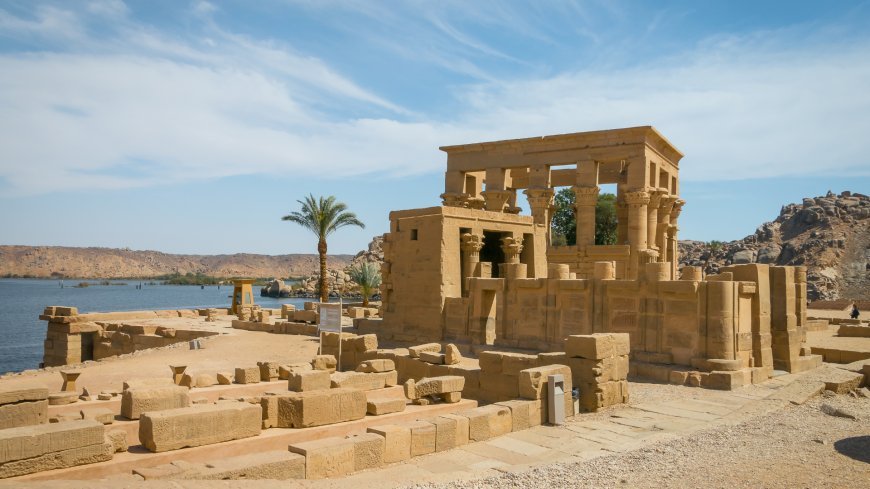
03 - The unfinished Obelisk
Obelisks are iconic monuments and masterpieces of ancient Egyptian engineering. They are found throughout Egypt and usually stand in towering pairs in front of entrances to temples. Known in ancient Egyptian language as tekhen, they are made from a single piece of stone with a rectangular shaft and topped by a gilded pyramidion to reflect the sun’s rays. Obelisks are associated with solar mythology, representing the benben, or first land to come into existence at the dawn of time, and from which the sun-god stood to create the universe. Egyptian kings liked to have obelisks made and dedicated to themselves by carving their names and religious dedications onto the four sides of the obelisk’s shaft.
The Unfinished Obelisk was discovered in the early twentieth century after it had been covered by sand for thousands of years. It remains as you see it today in one of the Aswan quarries, famous for its supply of hard and high-quality stone. Believed to have been commissioned by Hatshepsut (c. 1473–1458 BC) for the temple of Amun in Karnak, work was abandoned because of flaws in the stone and the presence of multiple fissures. Had it been finished, it would have weighed 1168 tonnes, and stood at a height of around 42 metres, taller than any other ancient Egyptian obelisk.
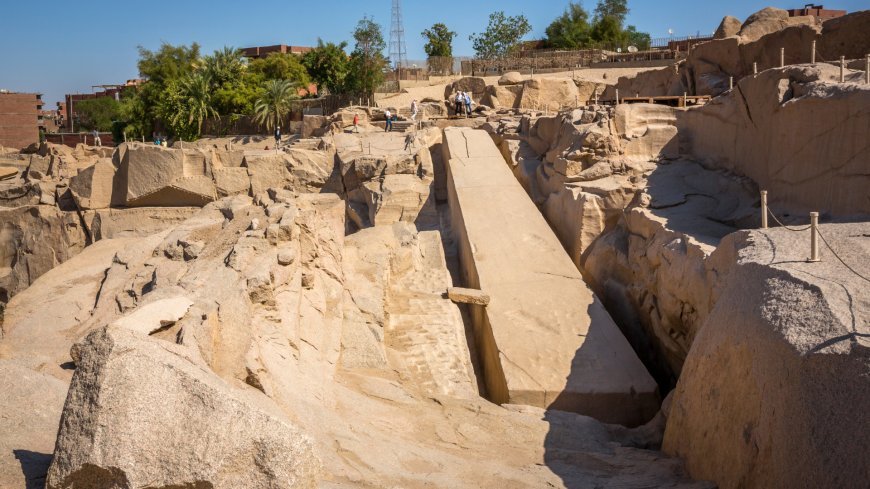
04 - The High Dam
The Aswan High Dam stretches 3,830 metres (12,570 feet) across the Nile and reaches 111 metres (364 feet) in height. Even more impressive is its 980-metre wide base (3,220 feet) which tapers to just 40 metres in width across the top. It was built using a mind-blowing 43,000,000 cubic metres (56,000,000 cubic yards) of material.
The dam's construction created the enormous Lake Nasser. At 550 km (340 miles) in length, 35 km (22 miles) in width and with an area of 5,250 square km (2,030 square miles) of water, it is one of the largest man-made lakes in the world. The area flooded to build the dam and the lake involved the resettlement of more than 90,000 people and the moving of 22 monuments and architectural complexes including the Abu Simbel and Philae temples.
Using 12 generators, the hydroelectric power station of the High Dam produces over 10,000 GWh per year. When it was first built, it provided over half of the electricity to power the whole of Egypt and gave a number of villages electricity for the very first time.
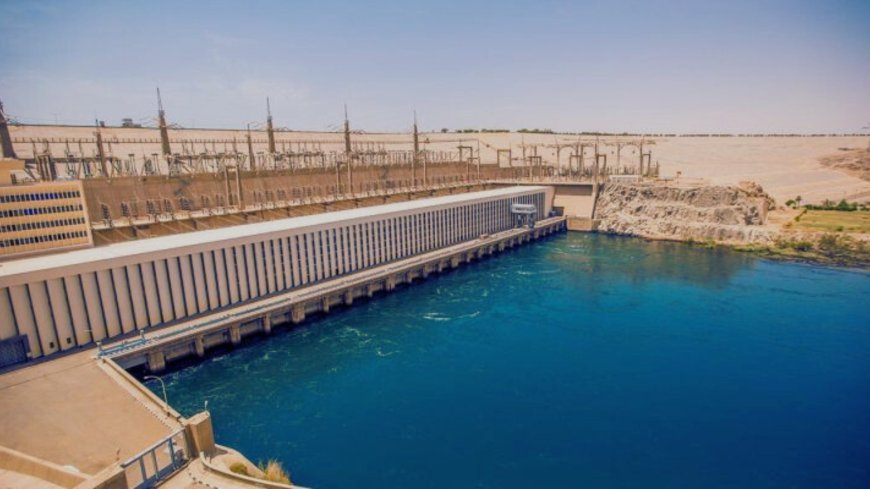
05 - The Elephantine Island
Elephantine is located in the western side of the Nile River in Aswan, and was considered one of the greatest islands in the Nile River. Today, you can reach the great island of Elephantine by small boats taking from the eastern side of the Nile. It took you about five minutes to reach the Island.
The name of "Elephantine" came from an ancient Egyptian sign "aabw" which meaning "elephant" and "ivory" because it was an ivory-trading center or in the other words, "a re-shipment port for African ivory and other exotic goods"
Elephantine was the capital of the first Upper Egyptian Nome. It has magnificent historic layers along an ancient Egyptian civilization. During the Old Kingdom, especially the fifth and sixth dynasty, and Middle Kingdom Elephantine has a great position among the Upper Egyptian Nomes. It was a residential place for "Supervisor of Upper Egypt" who has a duty of local authorization and the Nubian relationship with Egyptian state. Also, it was" a trading center for commerce from beyond the First Cataract"
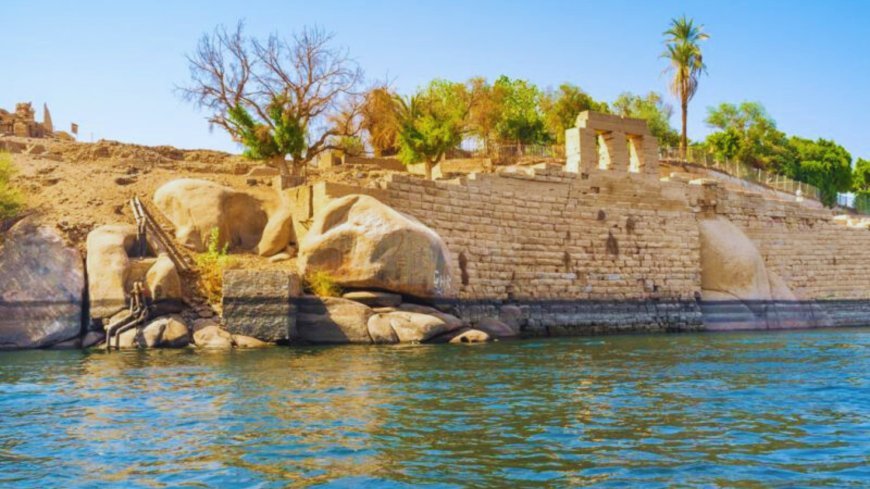
06 - Nubian Village Aswan
Nubia is a region along the Nile that stretches across southern Egypt down to Khartoum in central Sudan. Its history dates back to at least 2,500 BCE and it was home to one of the earliest civilisations in ancient Africa.
After part of it was incorporated into Egypt by 15th century BCE Pharaoh Thutmose I of the New Kingdom, the enormous region was ruled by several empires, including the Kingdom of Kush, which in turn successfully conquered Egypt in the 8th century BCE and became the (short-lived) 25th Dynasty.
Following the collapse of Kush in the 4th century CE and the rise to power of Christian kingdoms, Nubia was in decline. Over the subsequent centuries, a region that had its own culture, languages and ethnicity was largely converted to Islam, and is these days split between the two contemporary countries of Egypt and Sudan.
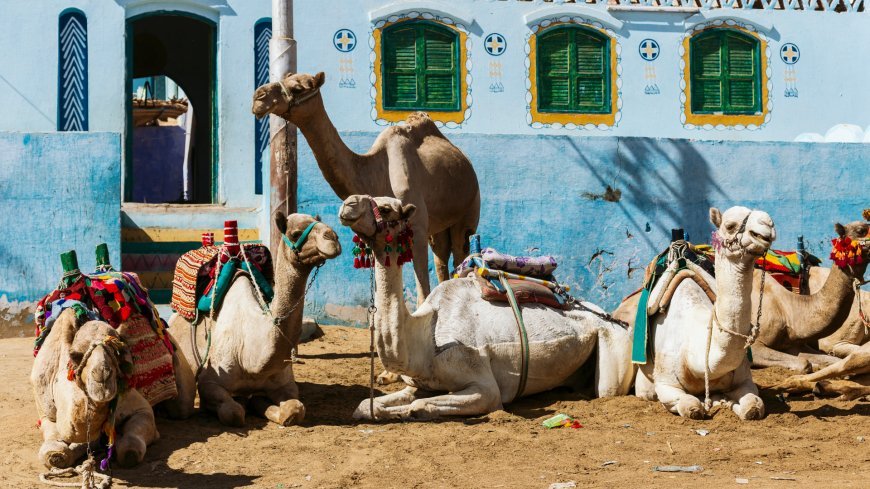
07 - Nubia Museum
The Nubian Museum was founded in response to the international salvage campaign of the ancient Nubian monuments initiated by UNESCO upon the request of the Egyptian government in 1960. Work on establishing the Nubian Museum began in the early 1980s when a committee was formed comprising of specialists from the Supreme Council of Antiquities, Egyptian universities, and UNESCO.
The task of designing the building was entrusted to the architect Dr. Mahmoud Al-Hakim, and the museum’s interior was designed by the Mexican engineer Pedro Ramirez Vazquez, whose job it was to exhibit the archaeological, historical, cultural, and environmental heritage of Nubia. The Nubian Museum was opened in 1997, with its distinctive architectural design clad in local sandstone and pink granite, reflecting traditional local Nubian architecture. In 2001 it was awarded the Agha Khan Award for Islamic Architecture.
The museum has three floors, exhibiting thousands of artefacts that shed light on the development of Egyptian and Nubian geographical, social, and cultural civilization. The main exhibition hall and diorama present the local traditions and handicrafts of Nubia. In addition to the exhibition galleries, the museum also holds a lecture hall, library, educational department, theatre, and an open amphitheatre for the presentation of Nubian folklore.
The garden attached to the museum serves as an open-air museum that includes a part of a Fatimid cemetery, a cave with prehistoric rock inscriptions, and a waterway symbolising the artery of ancient Egyptian civilization, the River Nile. A series of water channels demonstrates the relationship between the river and the Nubian village surrounded by plants that would have been common in ancient times. A reconstruction of a Nubian house offers a glimpse into the daily life of the Egyptians in Nubia.
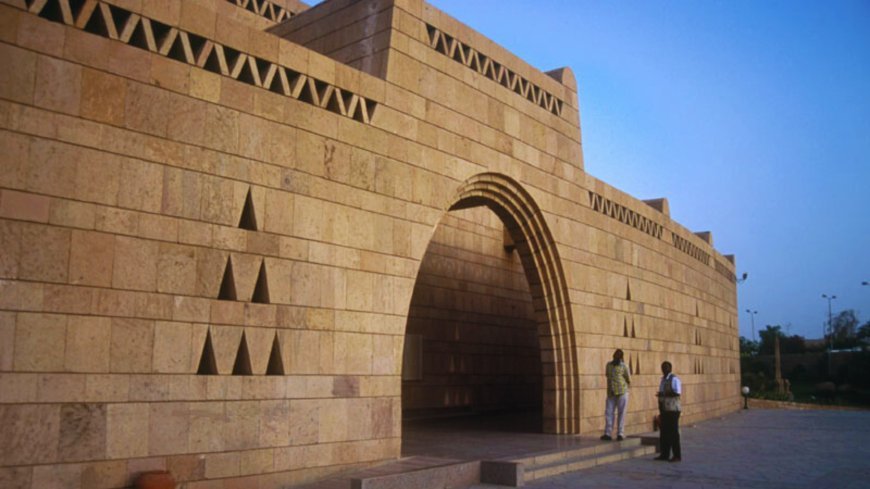
08 - Monastery of St Simeon
On the uninhabited west bank of the Nile at Aswan, the desert stretches right up to the waters edge. There is little in terms of development along this shoreline, but there are several small attractions that make it worth the ferry ride across the river.
The Monastery of St. Simeon was established in the 7th century by Coptic monks seeking to escape to the meditative quiet of the desert. The complex was rebuilt at least once before it was finally abandoned during the 13th century; however, the monastery remains in surprisingly good shape given it long disuse.
The complex was walled to protect the monk from Bedouin raiders and other threats and the stone and mudbrick walls make for an impressive sight on approach. It engenders thoughts of a medieval fortress more than a religious institution. Inside are the remains of a church, a stable, and other buildings vital to the simple lives of these medieval monks.

09 - Aga Khan Mausoleum
One of the most visited monuments in Aswan is the Mausoleum of the Aga Khan, a small square building with turrets at its corners and a fanned staircase leading to the entrance.
Housed under a domed structure, inside lies a tomb carved from one piece of white Carrara marble.
The building‘s popularity lies not only in its simple architectural beauty—the pink granite structure appears to glow at sunset—but in the love story that led to its being built, and the esteem with which the late Aga Khan III is held within the Islamic world. Three years before his death, in 1957, Aga Khan III chose the spot as his resting place. His third wife, French-born Princess Yvonne Aga Khan, known as the Begum, was given the task of building the mausoleum. After consulting a British professor of Islamic architecture, a friend of her husband’s, she took Cairo’s Fatmid Giushi mosque and its mihrab (a niche in the wall of a mosque) as her inspiration. She also chose a young architect, Fareed El-Shafei.
The mausoleum was completed in 1959 and her husband laid to rest there 16 months after he died.
After the Aga Khan’s death, the Begum stayed at her nearby house for six months of each year, when she placed a rose on her husband’s tomb every day until she died in 2000.











